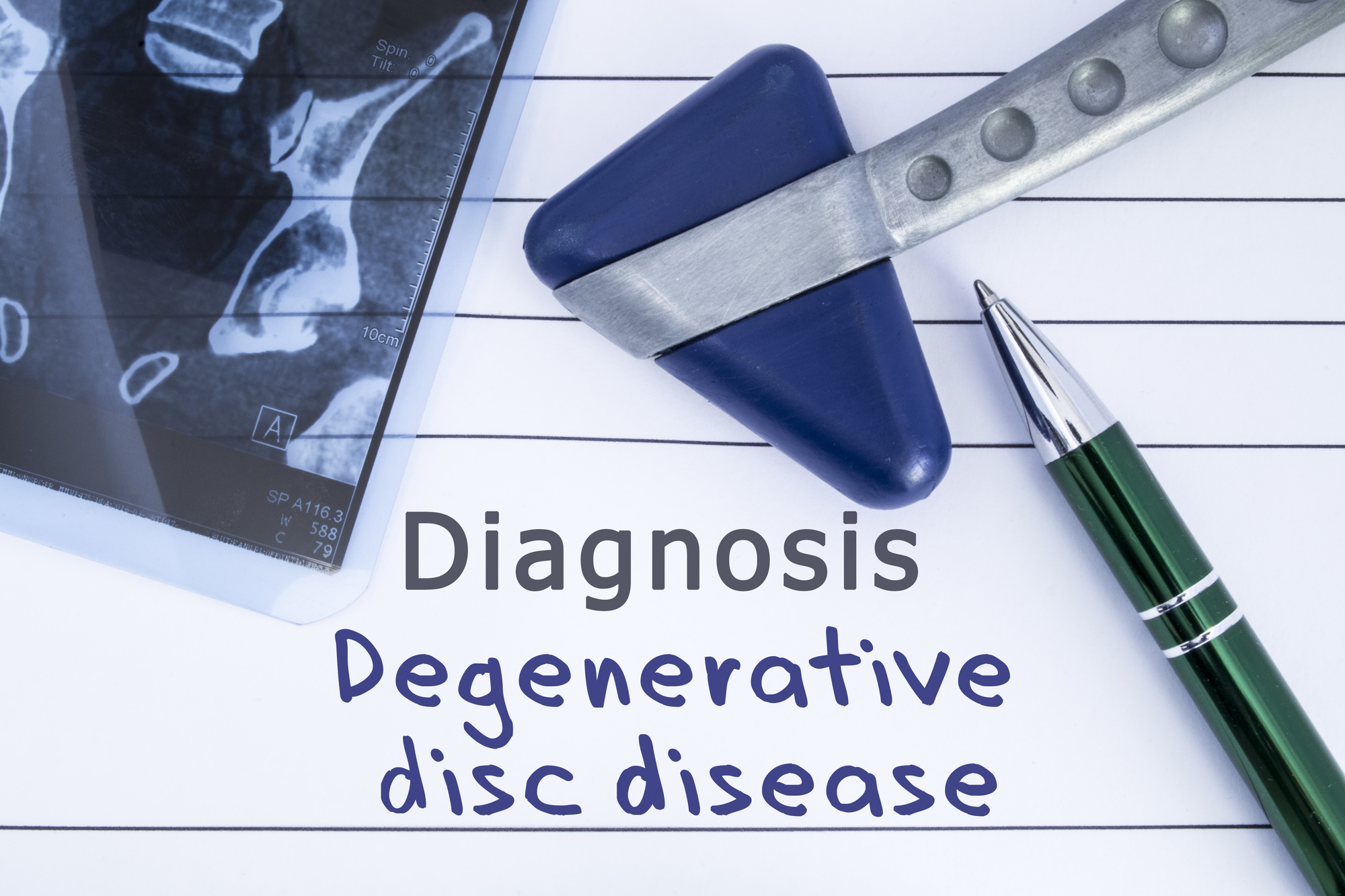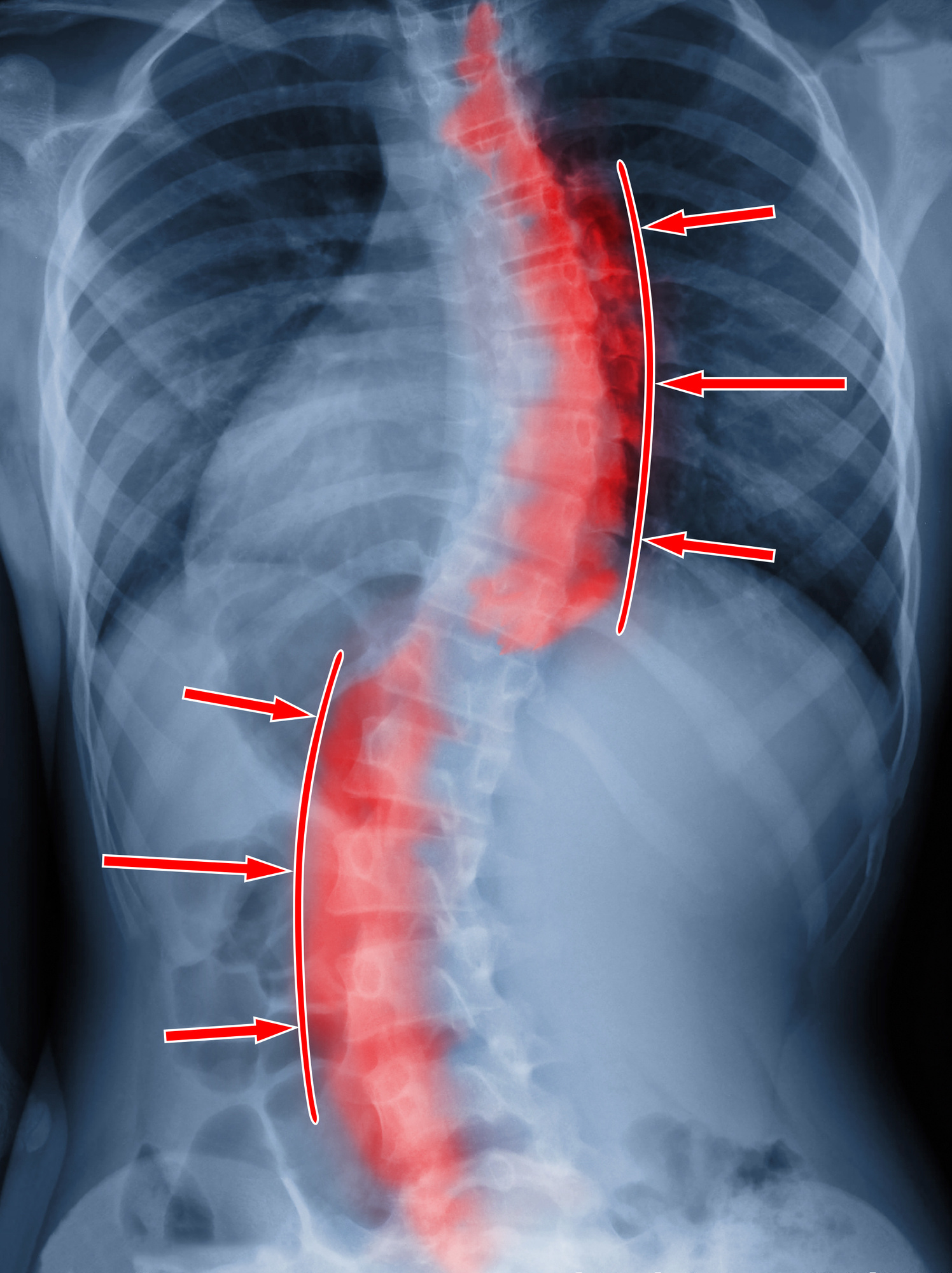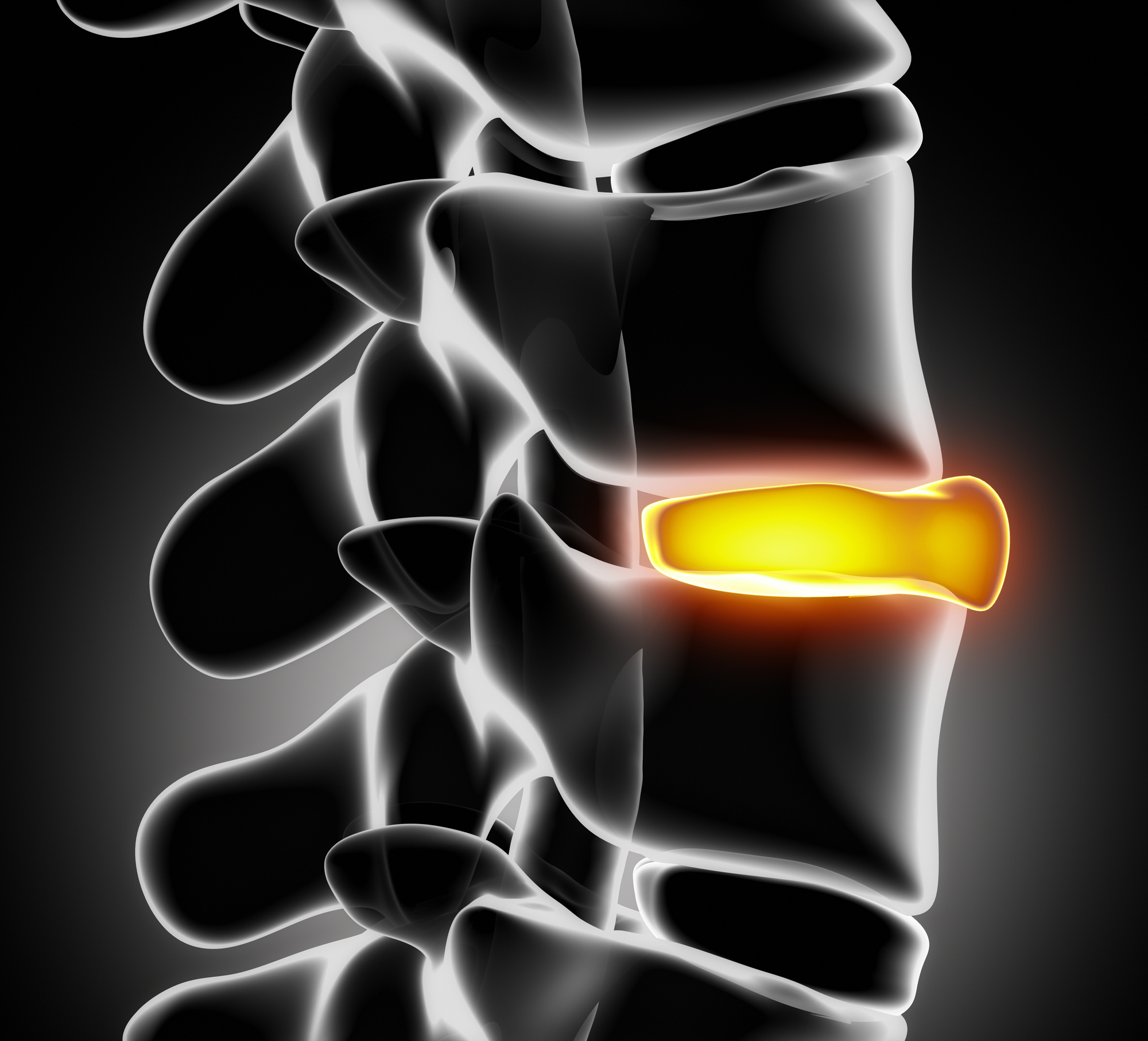What You Need to Know About Degenerative Disc Disease Treatment
Is your back pain making it hard to get out of bed in the morning? Are you losing time at work because you are in so much pain?
Studies show that about half of all American adults have experienced back pain at some point in their lives.
How do you know if your back pain is serious? You might be so used to your pain that you don’t realize you have degenerative disc disease.
We’ll discuss degenerative disc disease treatment and help you figure out if it’s time to go see your doctor. There are several methods of treatment available and it’s possible to minimize your pain and discomfort.
What Is Degenerative Disc Disease?
If you have chronic, low-grade pain, you could be looking at degenerative disc disease. It’s caused by long-term wear and tear on your back. There are cartilage discs between the bones in your back and eventually, they start to wear out.
You might be experiencing leg pain or ongoing lower back pain. You might also have weakness or numbness throughout your lower back. Some patients with degenerative disc disease don’t experience any pain, but if you notice that your back is getting worse then it’s time to see a doctor.
Keep a journal for your pain every day. Make a note of how severe your pain is and whether it’s getting worse or better. When you see your doctor, you’ll have a record of how your back is doing. It’ll make it easier for the doctor to start the diagnostic process.
What Causes Degenerative Disc Disease?
Your back injury could have been caused by a traumatic event like a car accident, but more likely it’s the result of the normal aging process. Everyone’s vertebrae and discs will eventually wear down somewhat, but yours may have degenerated more than average.
What happens to your discs is that they can tear, exposing nerves in the spine. Your discs could touch those nerves, causing irritation and pain. If you’ve had a serious car accident, you might want to touch base with your doctor just to see what kind of injury has been done to your back.
Even if you have an office job, you’re still wearing down your back by sitting in the same position every day. If stretching isn’t helping your pain, try getting an ergonomic seat. It should distribute your weight more evenly and help cut back on your spinal irritation.
Degenerative Disc Disease Treatment
You might be wondering how to treat degenerative disc disease. There are several options: your doctor will help you determine which one is best for you.
The first step is to get diagnosed with an MRI. The imaging software will help your doctor see your back in detail. Any irregularities will be visible and they can start your treatment plan from there.
Another form of diagnosis is discography, where the doctor injects your discs with a solution that lets them see it clearly. They will be able to see if your discs have torn or degenerated without tearing.
Treatments for degenerative disc disease include physical therapy, injections of pain medication, and anti-inflammatory medication. There are also minimally-invasive surgical options available.
You might find that your pain decreases after you visit a chiropractor or physical therapist. If your pain continues, however, you may want to look into surgical remedies for your chronic lower back pain.
Should I Get Surgery?
The best thing about getting spinal surgery for your discs is that we can perform the procedure on an outpatient basis. Our surgery does not impact the muscles in the neck and avoids risky spinal fusion.
Before you get your surgery, you may be asked to change your diet or your smoking habits. The surgery is most effective if you have it within six months of the onset of symptoms, but we can work with patients who have long-term chronic pain as well.
We make a very small incision and work with tiny surgical instruments to remove parts of the impacted disc. We do not perform open spine surgery for patients with degenerative disc disease. A long hospital stay doesn’t suit our patients’ busy lifestyles and we work to perform effective, quick surgical procedures.
Recovery from Surgery
You should expect a fairly quick recovery from our spinal surgeries. You’ll be given antibiotics before and after your procedure, so make sure to take them exactly as prescribed.
There is the potential for blood clots or nerve damage, but these are extremely rare. You may feel a small amount of pain at the incision site, and your symptoms may flare up for a week or so after your surgery.
If you have any other symptoms after your surgery, make sure you communicate with your doctor. You may want to take a day or two off from work, but make sure you get up during the day and walk around. You should feel much better after your surgery is completed.
Your doctor might also recommend visiting a physical therapist after your surgery, just to get you back up and running. Once your pain diminishes, you should be much more comfortable performing daily life activities.
How Can I Get Started?
The first step is to find a doctor who is experienced in back surgery. Then you’ll need to get an MRI. Make sure you keep a record of your pain: how severe it is, where you feel it, and whether it’s getting better.
The doctor may have you try some non-surgical options first, like physical therapy and weight loss. You may also want to try pain medication as a form of relief. Some patients find that their condition improves when they work out at the gym, but that doesn’t help everyone.
If you’re worried about your recovery time, remember that the entire disc surgery is performed on an outpatient basis. You should be up and walking around in a very short time after your surgery.
Send us an email or book your appointment online. We’ll help you find the degenerative disc disease treatment that’s right for you.




